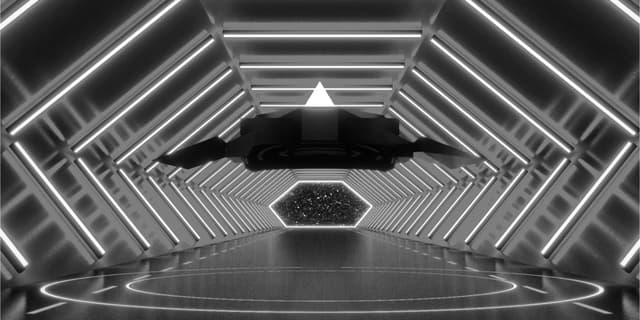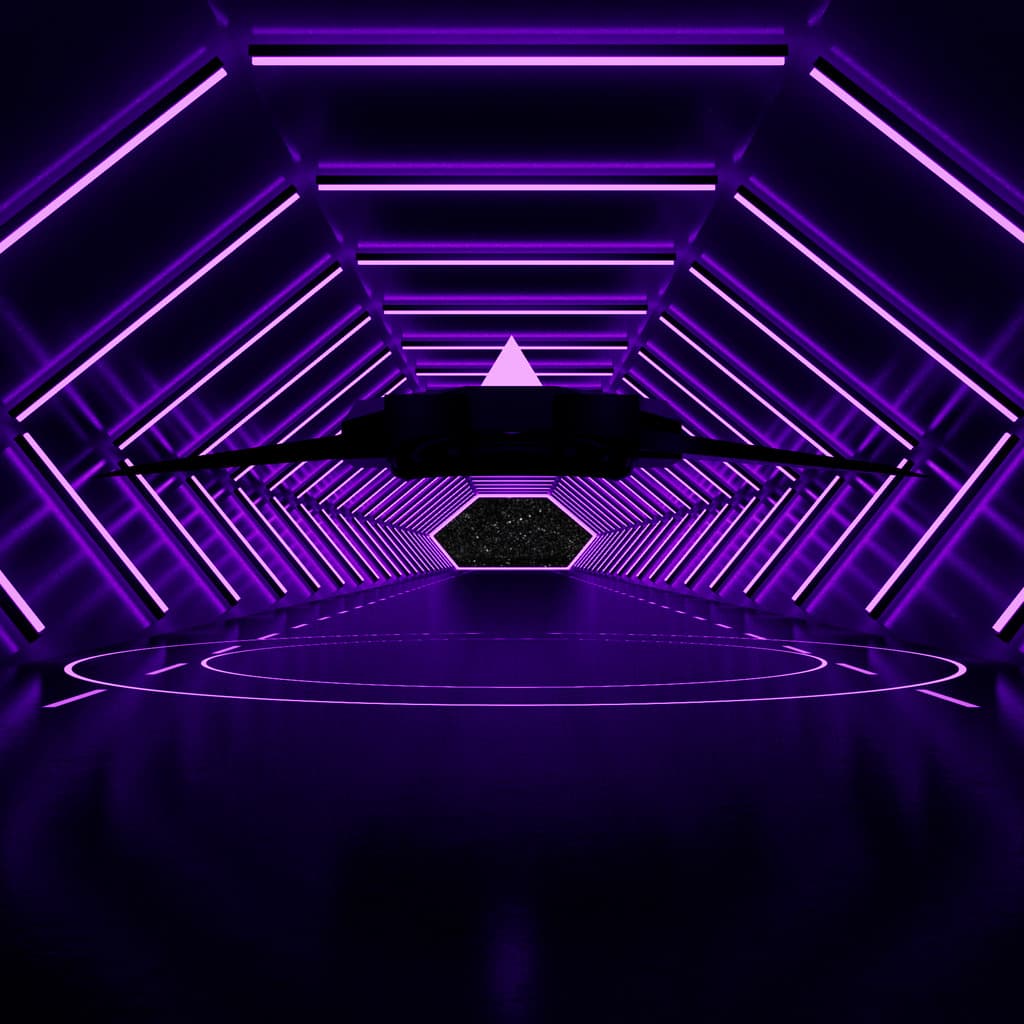
Hideo
Hideo
Chile-based generative artist with more than ten years of experience as a computer scientist and developer. He’s interested in exploring the intersection of art and gaming and is energized by creating new and exciting interactive experiences.
Hideo is a creative coder who combines his background in computer science and passion for art to create fun and engaging NFT collections. His work is inspired by retro nostalgia and video game culture. Each piece features bright colors and bold design choices that harken back to the 1980s, enhanced with modern technology to create an interactive experience. Although each of Hideo’s collections has a unique theme and point of view, you’ll find a lighthearted sense of humor and charm present throughout all of his work.
Hideo, a Venezuela native currently based in Santiago, Chile, taught himself as a child how to draw, paint, and sculpt. A natural introvert, Hideo used his art as a way to connect with the people around him. Although he decided to study computer science in school, he never lost his passion for art. Many of his concepts start off as doodles and sketches, which he later enhances using code to create the final product.
Hideo has been a developer for 10+ years and was introduced to blockchain and web3 technologies in 2017, when he started working for a web3 company. He learned about generative art in late 2020 and since then he's been experimenting with different tools and algorithms.
“
“I consider games to be a form of art themselves.”
Since then, Hideo’s art career has taken off with the release of five unique NFT collections with Art Blocks. His first collection, Dino Pals, featured cute emotive 3D dinosaur characters. The collection was an instant hit, offering viewers and collectors a chance to travel through time to connect with their childhood through colorful dinosaurs. Only 100 were minted with Dino Pal #0 being an auction for UNICEF Innovation Fund. This quickly led to his next collection, Celestial Cyclones. This collection contains over 600 colorful interactive minigames that blend art and music.
Hideo explored a completely new style of art in one of his more recent collections, Legends of Metaterra. Each piece in this collection is a warrior character in the 2D pixelated art style of classic video games. When he’s not making art, Hideo enjoys playing video games and is highly inspired by success stories of video games from independent developers. His next major project will be adapting Legends of Metaterra into a full-fledged game, which is influenced by classic RPG games like Final Fantasy, Pokemon, and Earthbound.
Hideo is passionate about community and enjoys sharing inspiration and ideas with other artists. He frequently interacts with NFT collectors and enthusiasts on social media and Discord, continuing to use his art to connect with others.

Sold Out
quasar fighter
Hideo
quasar fighter is an on-chain generative art piece and mini-game inspired by retro space shooter and childhood nostalgia.

quasar fighter:
Retro inspiration for a futuristic experience
quasar fighters is a retro spaceship game where the user fights off oncoming enemies as they move through space and time. To create an entirely new experience, Hideo draws on inspiration from games past to build this game of the future. Rooted in 2D games like Space Invaders (1978) and Galaga (1981), quasar fighters breathes new life into this retro style with 3D elements derived from 3D video games of the ‘90s like Starfox. The Tron movies also heavily influenced the color palette and aesthetics of the game.
Hideo is no stranger to building immersive, playful experiences. One of his most iconic collections was Celestial Cyclones released in July 2021 on ArtBlocks, believed to be the first playable on-chain NFT. Each piece was a 3D ping-pong game where players would break barriers to reach the center of the cyclone. Complete with a scoring function and related sounds, users could play repeatedly to improve their scores.
For his Wild genesis collection, Hideo wanted to expand on the concept of playable generative art, as Celestial Cyclones had a limited gameplay experience. He wanted to create a larger game that combined on-chain and off-chain elements, which led to quasar fighter. “I wanted to work on the same line of Celestial Cyclones, but expand the experience a little bit more with a larger game you can play for more than a few seconds.”
Each mint of quasar fighter will feature generative elements to create bespoke experiences. The seed for each ship will be a hash, so players don’t know exactly what ship they are getting until the NFT is minted. The shape and color of the player’s ship is randomized to create a unique experience.
The enemies that players fight in the game also have generative elements, spawning in different colors and shapes for each mint. Within the game, there are several different types of enemies, each of which has its own behavior patterns. For example, Sweepers move from side to side, Vortex rotate while shooting in an “S” pattern, and Bombers shoot in circles.
How to play quasar fighter:
- Your piece’s difficulty level will be generatively determined.
- To win, players need to avoid oncoming bullets, which will cause damage if they hit the core of the ship.
- Visitors will walk into a 3D hangar with a spaceship.
- As they move further into the hangar, they’ll be able to go inside the cockpit of the spaceship.
- Once in the cockpit, you’ll be able to play quasar fighter on a built-in screen, creating the illusion of flying through the game.
- A meter loads as you play, and once the meter is full, you’ll have access to a special weapon.
- As you take damage, you’ll lose hearts, and when you run out of hearts, the game ends.
- After defeating several different types of enemies, the player must fight the final boss, which is a large ship that uses a variety of attack patterns.
- If you die, you can start a new game, giving the player unlimited chances to master the mechanics of the game.
quasar fighter is a web-based experience that will run on both desktop and mobile browsers. Hideo used three.js and WebGL to create 3D visualizations. To create the shapes in each ship, he used an algorithm called Complex Hull, creating each shape individually, rather than building the entire ship at once. Like many of Hideo’s other pieces, each ship started off as a sketch that was later digitally recreated. “I consider games to be a form of art themselves. In this piece, the main point is the ship itself. It’s generative and has a certain aesthetic.”
Combining this nostalgia with modern generative technology results in something totally innovative. However, you don’t have to be a video game enthusiast to enjoy quasar fighter - the design is intended to be accessible to those of all skill levels.